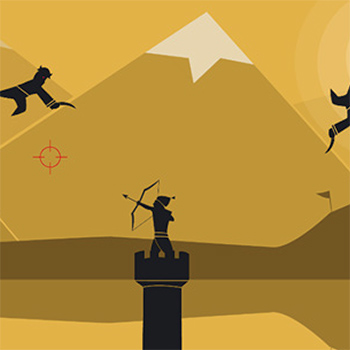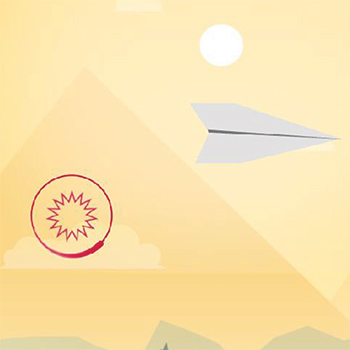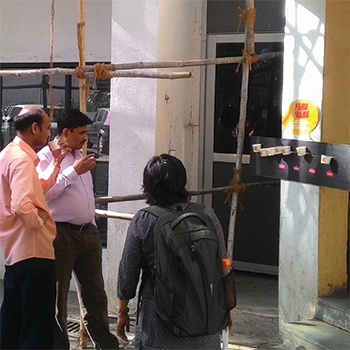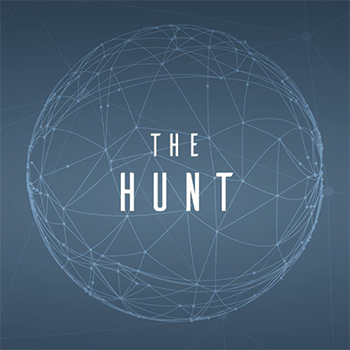A stroke, also known as a cerebrovascular accident (CVA), cerebrovascular insult (CVI), or a brain attack, is when, poor blood flow to the brain results in cell death. Stroke survivors are often left with residual effects ranging from physical and emotional impairments to cognitive limitations. The severity of these conditions can be reduced if proper rehabilitation begins as soon as possible after diagnosis. More often people suffer from hemiparesis, weakness of the entire left or right side of the body due to stroke. This limits their fine motor skills in terms of muscle strength, range of motion, and coordination. Fine motor control disorders can dramatically reduce a person's ability to perform daily activities like eating, dressing, taking a bath, grooming, and even returning to productive work. The rehabilitation programme is extensive and often requires regular practice. The existing facilities for motor skill rehabilitation are not accessible to a large part of the community due to inadequate health care systems and poor affordability. People tend to discontinue the therapy soon after hospital care due to a lack of motivation and the expenses involved. The absence of facilities to continue rehabilitation outside a hospital environment is also a major factor in forcing patients to drop out of rehabilitation therapy. This project, titled "Re: A Platform for Motor Skills Rehabilitation Through Games," proposes a platform for motor skills rehabilitation through games. The objective of gamifying the rehabilitation routine is to keep the participants engaged and motivated to continue the routine and benefit from it. The platform uses a smartphone as a controller and a computer to run the game. This enables accessibility and affordability for the participants since they can assemble the platform without investing in or acquiring any dedicated devices. The game adjusts itself to the participant’s skills and records various data, such as the length of each gameplay session, the frequency of sessions throughout a week, and the participant's range of motion. This data is made available to the therapist through a web portal, where the participant’s progress can be reviewed with greater accuracy and in a systematic manner.






